

News
SpaceX waits in the wings as NASA risks maiming Jupiter probe to pinch pennies
SpaceX and its Falcon Heavy rocket continue to wait in the wings as NASA risks maiming its ‘Europa Clipper’ Jupiter probe by pinching the wrong pennies.
For the second time, NASA has performed “continuation/termination reviews” of three of the Europa Clipper spacecraft’s scientific instruments after budget overruns on the order of no more than a few tens of millions of dollars. Thankfully, no instruments were canceled, unlike the “ICEMAG” magnetometer that was functionally killed last year. Still, a NASA program scientist casually noted that the space agency would tolerate launching without one of two cameras and would offer no more funding to a mass spectrometer instrument (MASPEX), raising the risk of instrument failure during the challenging mission.
For any scientific spacecraft or rover, the instruments carried along are effectively the entire reason for their existence: if those instruments are faulty (or even removed before launch), the mission is effectively rendered pointless. Further, due to the sheer complexity and challenges posed by the act of getting to the destination and surviving after arrival, the actual instruments most scientific spacecraft carry represent a tiny fraction of the overall mission cost and mass. It’s not easy to readily imagine a better way to signal inept program management than by singularly focusing on that tiny, lifeblood-esque portion of a spacecraft’s budget. Undeterred, that is exactly what NASA appears to be doing with Europa Clipper – penny-wise, perhaps, but undoubtedly pound-foolish.
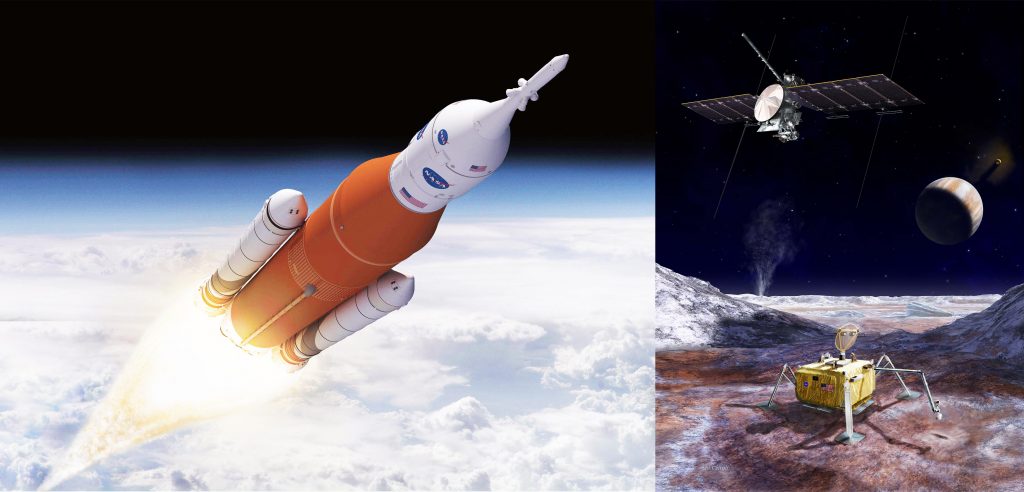
It’s not always true that only a small portion of an exploratory spacecraft’s budget is spent on scientific instruments but it absolutely is when it comes to Europa Clipper. Originally hoped to cost as little as $2 billion in 2013, Europa Clipper’s budget allocation has ballooned to $4.5 billion over the life of the program. Of that $4.5 billion, as little as $110M was dedicated to nine scientific instruments assigned to the spacecraft – a ratio of ~41:1. Even if instrument cost ballooned by 100% to ~$220 million, it would still be a measly 20:1. The space environment around Jupiter is admittedly one of the most challenging in the Solar System, warranting some imbalance, but either ratio is still exceptionally bad as far as most exploratory missions go.
Designed to create detailed maps of Europa’s theorized water oceans, ICEMAG, for example, jumped from a $30 million cost estimate to $45 million before NASA abruptly killed it. A Clipper planetary scientist called ICEMAG “a critical instrument that’s been central to Europa science forever”. MASPEX, meanwhile, is a mass spectrometer that will be used to analyze possible chemicals captured by flying through Europa’s transient atmosphere (or, even better yet, plumes from vast ocean geysers). In other words, the instrument most likely to be hobbled next by NASA is also the only instrument on Europa Clipper capable of potentially detecting signs of life by directly sampling material ejected by Europa’s plumes.
Even just with ICEMAG removed, the value proposition of a $4.5 billion mission to an ocean moon of Jupiter becomes much hazier. With ICEMAG removed and MASPEX at risk of being thrown to the wolves, Europa Clipper’s purpose becomes even weaker. Of course, seven valuable instruments remain – some of which partially overlap with MASPEX’ goals – and MASPEX could still technically make it to the finish line in its original handicap-free state, but the tides are definitely not moving in an encouraging direction.
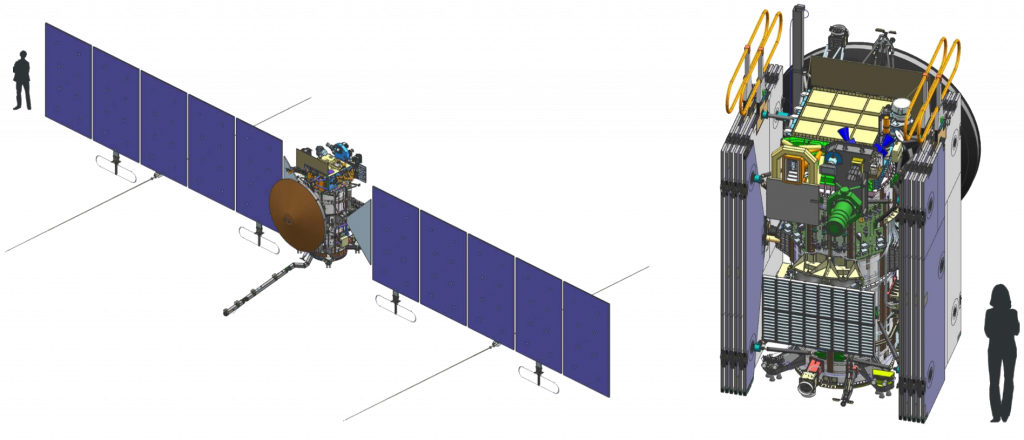
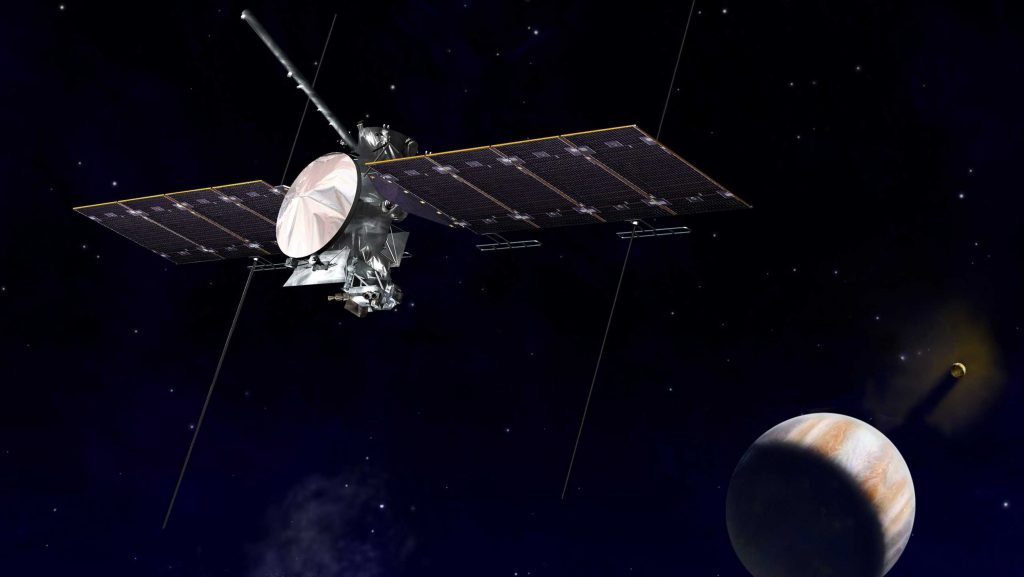
The worst part is that excluding the extraordinarily expensive spacecraft that will host instruments worth ~3-5% its cost, Congress has been dead-set on forcing Europa Clipper to launch on NASA’s chronically-delayed, over-budget Space Launch System (SLS) rocket. SLS has yet to launch once despite more than a decade of development and almost $30 billion spent on the rocket alone, and it would take a miracle for an SLS rocket to be ready to launch Clipper before 2025 or 2026. Europa Clipper is working towards a launch no earlier than 2024, meaning that the spacecraft would have to be stored indefinitely at a cost of at least $125 million per year.
Intrepid readers may note that the cost of simply waiting a single year for SLS to be ready for launch is higher than the cost of all of Europa Clipper’s scientific instruments at their original $110 million budget. The actual cost to NASA for a single SLS launch is expected to $1.5 billion at the absolute minimum, while $2-2.5 billion is far more reasonable. With a little effort and some moderate cruise stage tweaks, Ars Technica has already reported that an expendable SpaceX Falcon Heavy rocket augmented with an off-the-shelf kick stage could send Europa Clipper to Jupiter in 5-6 years, compared to ~3 with SLS.
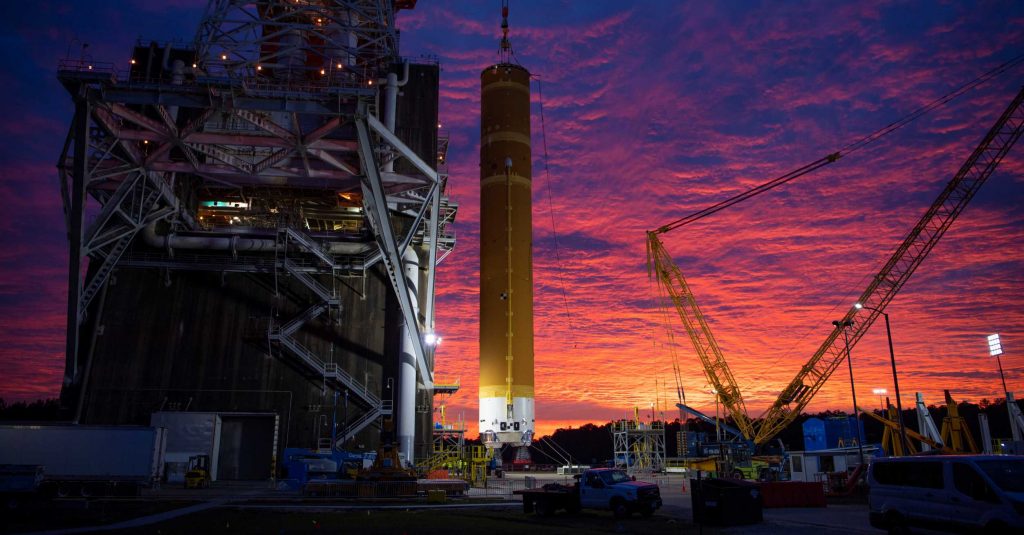
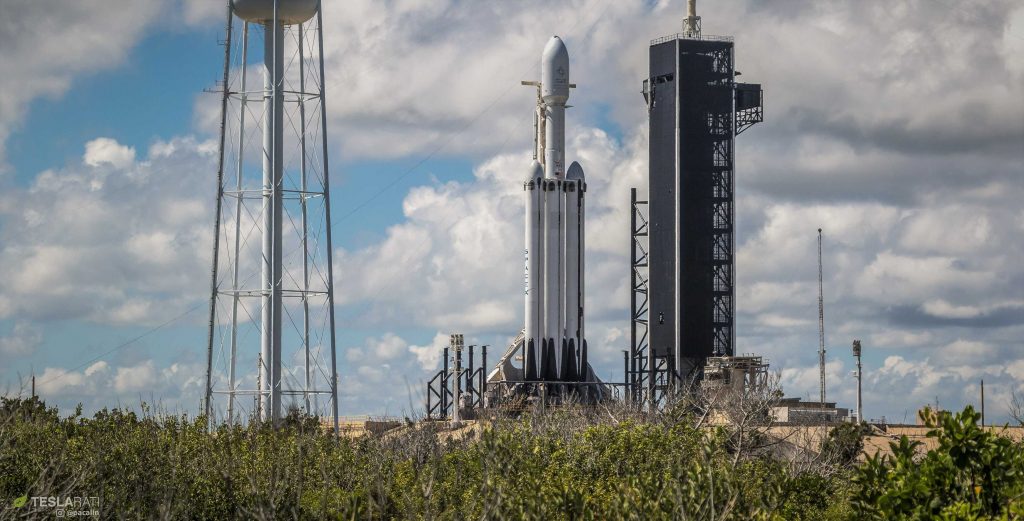
Ironically, that means that if Falcon Heavy was ready to launch Europa Clipper when the spacecraft is expected to be ready in 2024, it would actually arrive at the same time (or close) if it launched on SLS – once a minimum two-year launch vehicle delay is accounted for. A Falcon Heavy would also save NASA at least $1-2 billion, while it would directly save the Europa Clipper program the ~$250 million it would otherwise need to spend to store the spacecraft while waiting years for an SLS rocket. That $250 million alone – an inevitable add-on cost if SLS is chosen – could easily double the budget of every single Europa Clipper science instrument, adding plenty of breathing room, reinstating ICEMAG, and likely improving the science they output – data-gathering quite literally being the whole purpose of the mission.
Of course, the odds that NASA actually steps out from under the political shadow of SLS and stops playing penny wise and pound foolish with the extraordinarily expensive science missions it shepherds is unlikely. But still, the possibility (and hope) remains. Most recently, a very slight change in the wording of a proposed law (bill) could give the Europa Clipper program the legal wiggle room it needs to sidestep Congress’ desire to force it to launch on SLS. Of course, the senators and representatives with parochial attachment to the rocket will continue to fight tooth and nail to legally force it upon NASA at every possible turn, but there is now at least a chance of a sane outcome.
Check out Teslarati’s Marketplace! We offer Tesla accessories, including for the Tesla Cybertruck and Tesla Model 3.

News
Tesla starts showing how FSD will change lives in Europe
Local officials tested the system on narrow country roads and were impressed by FSD’s smooth, human-like driving, with some calling the service a game-changer for everyday life in areas that are far from urban centers.

Tesla has launched Europe’s first public shuttle service using Full Self-Driving (Supervised) in the rural Eifelkreis Bitburg-Prüm region of Germany, demonstrating how the technology can restore independence and mobility for people who struggle with limited transport options.
Local officials tested the system on narrow country roads and were impressed by FSD’s smooth, human-like driving, with some calling the service a game-changer for everyday life in areas that are far from urban centers.
Officials see real impact on rural residents
Arzfeld Mayor Johannes Kuhl and District Administrator Andreas Kruppert personally tested the Tesla shuttle service. This allowed them to see just how well FSD navigated winding lanes and rural roads confidently. Kruppert said, “Autonomous driving sounds like science fiction to many, but we simply see here that it works totally well in rural regions too.” Kuhl, for his part, also noted that FSD “feels like a very experienced driver.”
The pilot complements the area’s “Citizen Bus” program, which provides on-demand rides for elderly residents who can no longer drive themselves. Tesla Europe shared a video of a demonstration of the service, highlighting how FSD gives people their freedom back, even in places where public transport is not as prevalent.
What the Ministry for Economic Affairs and Transport says
Rhineland-Palatinate’s Minister Daniela Schmitt supported the project, praising the collaboration that made this “first of its kind in Europe” possible. As per the ministry, the rural rollout for the service shows FSD’s potential beyond major cities, and it delivers tangible benefits like grocery runs, doctor visits, and social connections for isolated residents.
“Reliable and flexible mobility is especially vital in rural areas. With the launch of a shuttle service using self-driving vehicles (FSD supervised) by Tesla in the Eifelkreis Bitburg-Prüm, an innovative pilot project is now getting underway that complements local community bus services. It is the first project of its kind in Europe.
“The result is a real gain for rural mobility: greater accessibility, more flexibility and tangible benefits for everyday life. A strong signal for innovation, cooperation and future-oriented mobility beyond urban centers,” the ministry wrote in a LinkedIn post.
News
Tesla China quietly posts Robotaxi-related job listing
Tesla China is currently seeking a Low Voltage Electrical Engineer to work on circuit board design for the company’s autonomous vehicles.

Tesla has posted a new job listing in Shanghai explicitly tied to its Robotaxi program, fueling speculation that the company is preparing to launch its dedicated autonomous ride-hailing service in China.
As noted in the listing, Tesla China is currently seeking a Low Voltage Electrical Engineer to work on circuit board design for the company’s autonomous vehicles.
Robotaxi-specific role
The listing, which was shared on social media platform X by industry watcher @tslaming, suggested that Tesla China is looking to fill the role urgently. The job listing itself specifically mentions that the person hired for the role will be working on the Low Voltage Hardware team, which would design the circuit boards that would serve as the nervous system of the Robotaxi.
Key tasks for the role, as indicated in the job listing, include collaboration with PCB layout, firmware, mechanical, program management, and validation teams, among other responsibilities. The role is based in Shanghai.
China Robotaxi launch
China represents a massive potential market for robotaxis, with its dense urban centers and supportive policies in select cities. Tesla has limited permission to roll out FSD in the country, though despite this, its vehicles have been hailed as among the best in the market when it comes to autonomous features. So far, at least, it appears that China supports Tesla’s FSD and Robotaxi rollout.
This was hinted at in November, when Tesla brought the Cybercab to the 8th China International Import Expo (CIIE) in Shanghai, marking the first time that the autonomous two-seater was brought to the Asia-Pacific region. The vehicle, despite not having a release date in China, received a significant amount of interest among the event’s attendees.
Elon Musk
Elon Musk and Tesla AI Director share insights after empty driver seat Robotaxi rides
The executives’ unoccupied tests hint at the rapid progress of Tesla’s unsupervised Robotaxi efforts.

Tesla CEO Elon Musk and AI Director Ashok Elluswamy celebrated Christmas Eve by sharing personal experiences with Robotaxi vehicles that had no safety monitor or occupant in the driver’s seat. Musk described the system’s “perfect driving” around Austin, while Elluswamy posted video from the back seat, calling it “an amazing experience.”
The executives’ unoccupied tests hint at the rapid progress of Tesla’s unsupervised Robotaxi efforts.
Elon and Ashok’s firsthand Robotaxi insights
Prior to Musk and the Tesla AI Director’s posts, sightings of unmanned Teslas navigating public roads were widely shared on social media. One such vehicle was spotted in Austin, Texas, which Elon Musk acknowleged by stating that “Testing is underway with no occupants in the car.”
Based on his Christmas Eve post, Musk seemed to have tested an unmanned Tesla himself. “A Tesla with no safety monitor in the car and me sitting in the passenger seat took me all around Austin on Sunday with perfect driving,” Musk wrote in his post.
Elluswamy responded with a 2-minute video showing himself in the rear of an unmanned Tesla. The video featured the vehicle’s empty front seats, as well as its smooth handling through real-world traffic. He captioned his video with the words, “It’s an amazing experience!”
Towards Unsupervised operations
During an xAI Hackathon earlier this month, Elon Musk mentioned that Tesla owed be removing Safety Monitors from its Robotaxis in Austin in just three weeks. “Unsupervised is pretty much solved at this point. So there will be Tesla Robotaxis operating in Austin with no one in them. Not even anyone in the passenger seat in about three weeks,” he said. Musk echoed similar estimates at the 2025 Annual Shareholder Meeting and the Q3 2025 earnings call.
Considering the insights that were posted Musk and Elluswamy, it does appear that Tesla is working hard towards operating its Robotaxis with no safety monitors. This is quite impressive considering that the service was launched just earlier this year.








